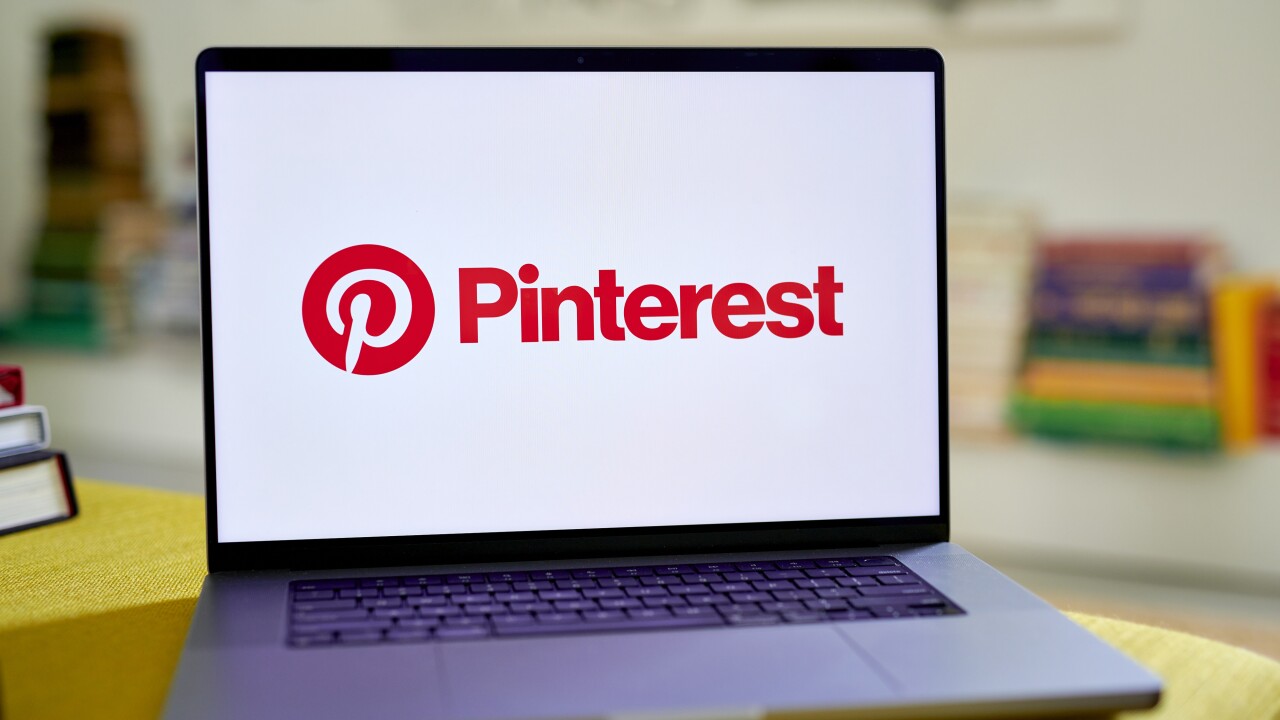Commentary: There’s a lot of talk about benefits communications right now with the open enrollment season upon us. If you’re like many of our clients, now’s when you try to cram 10 pounds of potatoes into a five-pound bag in terms of educating employees. You know the drill: Figure out how to get as many communications as you can in front of as many employees as you can, and do it all in five or six short weeks with a very limited (or nonexistent!) budget. Suffice to say, it’s a stressful time — really good for Hershey’s, not so good for the rest of us.
But it doesn’t have to be that way. As a lifelong communications professional who’s worked in the benefits industry for several years, I’ve learned a thing or two about getting employees to pay attention. While there are lots of tricks, during the time crunch of open enrollment we emphasize three in particular: 1) Having a plan, 2) making the message all about employees, and 3) focusing on the basics.
Also see:
First, your communications plan: You must document a strategy that outlines what you want to achieve (e.g., increase enrollment in a consumer-driven plan), and how you’ll get there through the right tactics, messaging, and delivery. Then, use that as your bible for putting order to the chaos. Sure, you’ll have to move fast, but following a plan will be far less painful than trying to catch paper in the wind.
Second, making it all about them: Employees want information. But like you, they’re also busy and inundated with messages. So if your benefits communications aren’t relevant to them, right out of the gate, they won’t pay attention. That means never starting a communication with, for example, what the Affordable Care Act or this year’s plan changes mean for the company. Instead, tell them how they can meet the individual mandate by taking action, and then clearly lay out their options.
Also see:
Finally, the basics: Benefits has its own language. For many people who don’t live and breathe that language like we do, terminology can be a real head scratcher. You’d be surprised (or maybe you wouldn’t) how otherwise intelligent people stumble on things like coinsurance, spousal surcharges, savings accounts, and out-of-pocket maximums, to name a few. If they don’t understand basic concepts like these, they’re not going to magically extract meaning when technical terms are strung together like a tight necklace in their benefits communications.
The solution? Short of sitting down with every employee to give them a benefits crash course, we often recommend our clients:
- Provide glossaries in easy and obvious places (e.g., enrollment guides, newsletters, flyers distributed in common areas).
- Engage employees in open, two-way conversations through webinars, lunch and learns, town hall meetings, polls, or focus groups. Ask them what they want to know, and whether they understand what you’re telling them.
- Plan a variety of communications tactics to reinforce your message and appeal to different types of learners. Mix new, multimedia approaches like visually engaging infographics and videos, with tried-and-true electronic and printed materials.
- Use tactics that meet employees where they are. If you have a young workforce, or one that’s not in front of computers all day, make sure mobile is part of your plan. And while many clients want to move away from mailing to homes, it’s still the best way to reach spouses who make most of the health care decisions.
Also see:
Communicating effectively sets the stage for better understanding and action. Because employees can sit down to read your enrollment materials, but if every third word is a mystery, not relevant to their lives, or blowing their way like a strong breeze, they won’t get very far. And neither will you.
Jill Sherer Murray is the communications practice leader for the Trion Group, A Marsh & McLennan Agency LLC, in Conshohocken, Pennsylvania. You can reach her at





